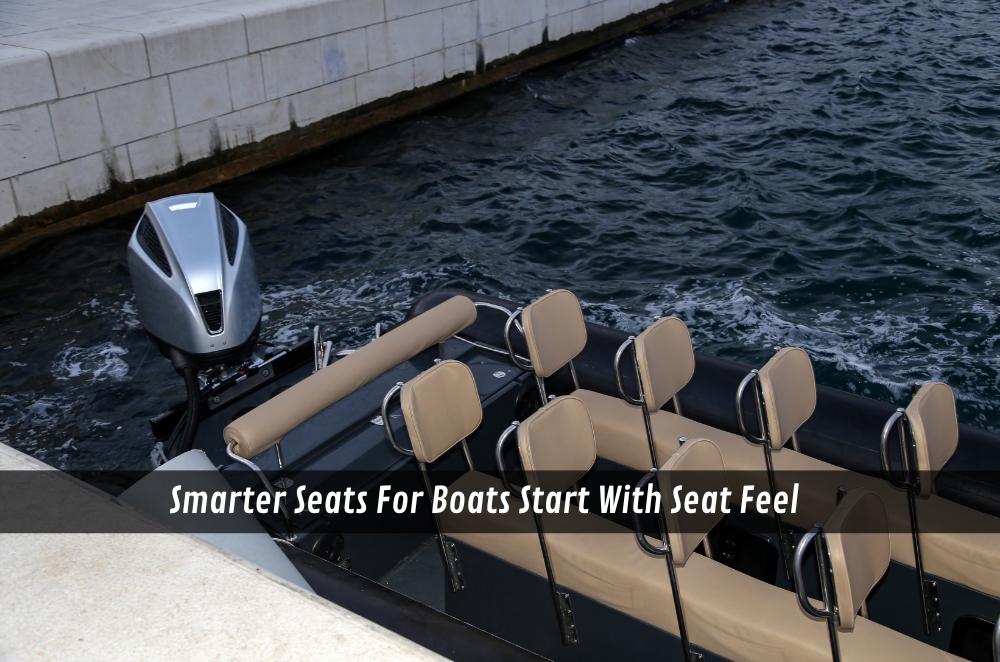Smarter Seats For Boats Start With Seat Feel

Boating’s a whole lot better when your back isn’t fighting every wave, which is why premium boat seats matter more than people realise. It’s not just about how they look fresh out of the box. Good seats are built with dense foams, steady mounts, and fabrics that can handle salt spray without peeling after a summer or two. Think of it like fuel range. You barely notice it when things are fine, but the moment it fails, you’re stuck. A seat that holds your posture, cushions the hits, and doesn’t crumble under the sun saves you from a season of aches. Cut corners here and you’ll feel it every single trip.
What makes a seat sea-worthy today?
A seat is sea-worthy when it is tough enough to handle weather, water, and long hours of use without breaking down. That means dense foams that keep their shape, UV-protected vinyl that will not crack, and hardware that shrugs off rust instead of seizing up. A strong pedestal stops the wobble that wears out your hips and shoulders on choppy runs. Smaller boats might lean on folding models for space, but even those need reinforced hinges and stitched seams. This is why durable folding boat seats have become a go-to for people who fish or cruise often. They simply hold together better.
Which features actually reduce fatigue?
The features that fight fatigue are the ones that keep your body steady and absorb the hits from the swell. If the base is firm and the backrest supports you properly, you will notice a huge difference after a long session. Waterfall edges ease leg pressure, and higher backs give your spine a break. It is also about fabric: non-slip and breathable covers stop you sliding and sweating. Add in quick-drying, mildew-resistant material, and you have comfort that actually lasts from season to season.
-
Contoured backrest with lumbar curve
-
UV-stable, mildew-resistant vinyl
-
Marine-grade, anti-corrosion fasteners
-
Shock-damping pedestal or suspension
How do you match seats to boat use?
You match seats to the boat by weighing up what you run, where you go, and how long you are out there. River and estuary boats get away with lighter, foldable seats, while offshore rigs demand something tougher, with higher bolsters, sturdier frames, and mounts that do not rattle loose. Height matters too. A few extra centimetres can save your neck when you are trying to see past a screen or canopy. Small details like drainage channels or stitched seams say plenty about whether the seat is made for serious water time.
-
Choose a height to match the helm visibility.
-
Balance cushion softness with dense support
-
Verify the weight rating for the skipper and gear
-
Prefer replaceable parts over glued assemblies
In the end, the right seat is about endurance, yours and the hardware’s. Pick the wrong one and you will be buying again next season. Get it right and you will stay steady, supported, and sharp at the helm. That is why recognising the key features of a high-quality boat seat makes such a difference. It steers your decision toward comfort and longevity instead of short-lived style.
Conclusion
Comfort on the water is not an extra. It is the baseline that makes boating safe and enjoyable. A solid seat reduces strain, steadies your body, and makes the whole trip feel easier. You will notice the payoff after hours, when your back is not shot and your focus is still sharp. Seats that last save money and hassle too, leaving more time for what matters: heading out, staying comfortable, and actually enjoying the ride.
- Vibnix Blog
- Politics
- News
- Liberia News
- Entertainment
- Technology
- التعليم
- Art
- Causes
- Crafts
- Dance
- Drinks
- Film
- Fitness
- Food
- الألعاب
- Gardening
- Health
- الرئيسية
- Literature
- Music
- Networking
- أخرى
- Party
- Religion
- Shopping
- Sports
- Theater
- Wellness



